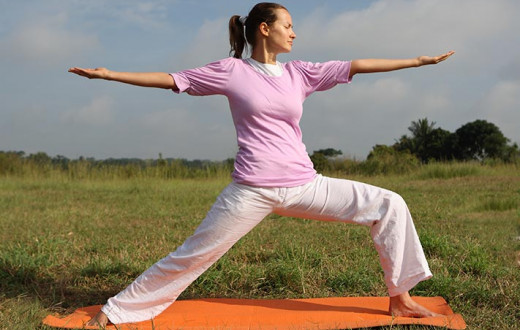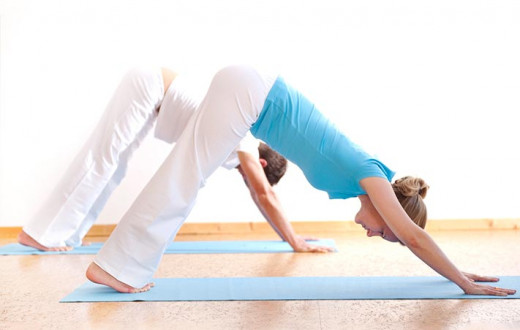Ayurveda, the holistic medicine from India, has given us a treasure trove of methods to minimize the toxins that come into our lives and maximize the toxins that go out. In our last blog, we learned the best place to start an Ayurvedic cleanse is with an organic vegetarian diet, packed with all six tastes of Ayurveda — sweet, salty, sour, pungent, bitter and astringent. We also covered some of the basic healing herbs used in Ayurveda, from Triphala to Ashwagandha.
In this blog (# 2 of series), we’ll explore two more methods for cleansing the physical body — tongue scraping and svedana (sweating) — and one method for cleansing the mind: pranayama (conscious breathing).
Tongue Scraping
In Ayurveda, ama refers to any accumulation of toxic residue in the body. This can result from improper eating, poor digestion, or a reflection of an imbalance somewhere in the gastrointestinal system. Perhaps the most direct way of removing ama from the body is by tongue scraping. This oral hygiene practice has been used for thousands of years to remove toxins from the tongue better than a toothbrush. If your taste buds are covered with ama (bacteria and plaque), it makes it harder to taste foods. A lack of satisfying taste can lead to going overboard with salt and sweets, with the end result being overeating and weight gain.
How To Use A Tongue Scraper
Place the tongue scraper as far back on your tongue as is comfortable. Using firm but gentle pressure, slide the scraper from the back of your tongue to the tip 5-10 times. Rinse and clean off the scraper and repeat until there’s no chalky residue left. Takes about 1 to 2 minutes. If you don’t have a tongue scraper, get into the habit of brushing your tongue with the toothbrush.
In Ayurveda, a good tongue examination is a useful way of evaluating the health of the entire body. Looking closely at your tongue each morning is also an opportunity for self-awareness, where you can reflect on your food choices of the last several days.
Svedana (Sweating)
Svedana is another Ayurvedic cleanse technique for removing physical toxins. When the body is heated up in a sauna or steam bath, the blood vessels dilate, increasing circulation to the tissues. Sweating then moves toxins out of the tissues so that they can more easily be eliminated from the body. Daily sauna/steam therapy is ideal — at home or at the gym or health club. If a daily sauna is not available to you, you can run a very hot bath or shower to create a sauna effect, or even sit in a warm tub of water.
Let your body guide you as far as the proper amount of time for heat exposure. Because there are different mind-body types, some may feel ready to step out of the sauna or shower after 5 to 10 minutes, while others can remain for 15 to 20 minutes. Placing a cool, moist cloth on your head reduces the chance of lightheadedness and allows the head to stay cool while the body heats up. In addition, some people may prefer a moist sauna, while others prefer dry heat. Experiment a little to see what serves you best.
Sit quietly and imagine toxins being mobilized and eliminated by your Ayurvedic cleanse. When showering afterwords, visualize the released toxins flowing off of your body. Drink plenty of water before and after the sauna.
Pranayama (Breathing Exercises)
In both Yoga and Ayurveda, conscious breathing — breathing with a purpose, breathing with awareness — is an important part of daily cleansing. The yogic breath is a special form of long deep breathing that clears the lungs of carbon dioxide and increases oxygen intake. Long deep breathing massages the internal organs, stimulates metabolism and provides the body with more vital energy. The yogic breath is the first line treatment for panic attack.
Another practice that is profoundly relaxing and cleansing is nadi shodhana, or alternate nostril breathing — an ancient yogic technique for restoring balance to the body-mind. One of the more vigorous breathing exercises in yoga is bhastrika, or “bellows breath,” a breathing technique used to energize the body’s life force (prana) and clear the mind. The next time you feel sluggish, instead of reaching for a cup of coffee, try an energetic breathing practice, instead.



















